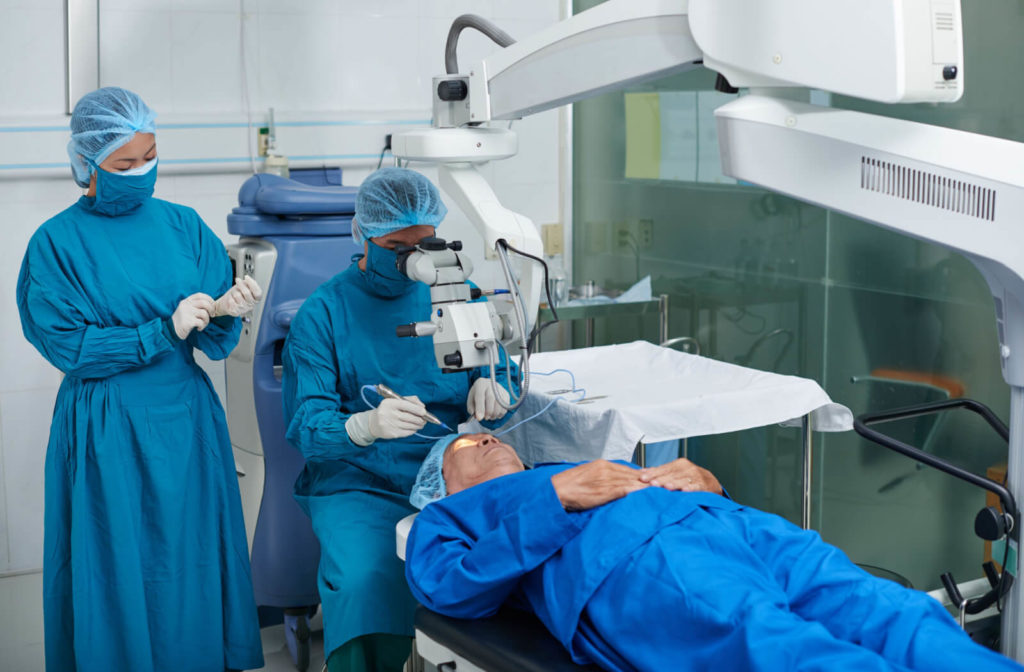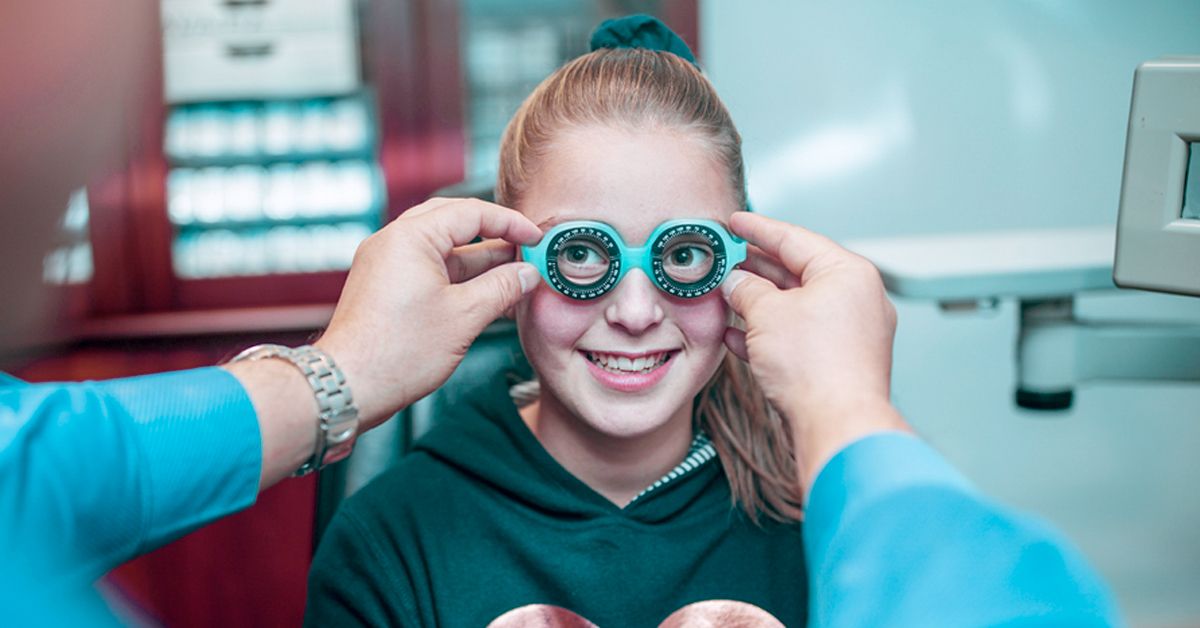Checking Out the current Technological Advancements in Optometry and What They Mean for Eye Doctors
From the accuracy of Optical Coherence Tomography to the nuanced understandings used by AI-driven analysis devices, these advancements are setting new requirements in patient assessment and therapy. As these advancements penetrate the technique, eye doctors are encountered with the difficulty of welcoming these tools to boost client results.
Developments in Diagnostic Tools
Progressing the area of optometry, technologies in diagnostic devices have changed the method eye care professionals assess and identify ocular problems and visual disabilities. The past decade has actually seen substantial technological innovations, making it possible for even more extensive and accurate analyses. Optical Coherence Tomography (OCT), for instance, gives high-resolution cross-sectional photos of the retina, permitting for the early discovery of diseases such as glaucoma and age-related macular deterioration. This non-invasive imaging method has actually become important in modern optometric practice.
An additional secret technology is the intro of advanced corneal topography systems, which map the surface curvature of the cornea with precision. These devices are specifically advantageous for fitting get in touch with lenses and detecting corneal problems. In addition, digital retinal imaging has transformed standard ophthalmoscopy, providing detailed, scenic views of the retina that facilitate extensive visual evaluations.
The development of wavefront aberrometry has actually likewise been important, enabling the analysis of refractive errors with unmatched accuracy (Opticore Optometry). This innovation helps in personalizing rehabilitative lenses and boosting surgical results for refractive surgical procedures. Collectively, these analysis developments equip optometrists to supply superior client treatment, guaranteeing early intervention and customized treatment methods, inevitably boosting visual health and wellness results
AI in Person Management
Building on the structure of advanced analysis tools, the consolidation of artificial knowledge (AI) in individual monitoring stands for a transformative jump for optometry. AI systems are progressively employed to boost effectiveness, accuracy, and customization in person care.
In addition, AI-driven systems help with streamlined patient communications and administrative processes. Automated scheduling, virtual consultations, and personalized follow-up plans not just boost person satisfaction but additionally optimize time administration for experts. These systems can triage patients based on the seriousness of their conditions, making sure that those in important requirement receive timely interest.
Additionally, AI enhances decision-making by providing optometrists with evidence-based suggestions and treatment paths. By integrating information from electronic wellness documents, AI devices offer insights that educate professional decisions, reducing the danger of errors and enhancing patient end results. As AI proceeds to advance, its role in patient management will likely increase, reshaping the landscape of optometric care.
Developments in Retinal Imaging
In the world of optometry, retinal imaging has observed remarkable technical innovations that are improving diagnostic capacities and individual care. Innovations such as Optical Coherence Tomography (OCT) and fundus digital photography have reinvented how eye doctors evaluate the retina and envision.
Boosted imaging techniques like OCT angiography are more refining diagnostic accuracy. Eye Doctor Optometrist. Such developments facilitate the recognition of min retinal adjustments that might indicate disease progression.
Moreover, improvements in synthetic knowledge are augmenting retinal imaging by allowing automated analysis of big datasets. These systems assist optometrists in identifying patterns a sign of pathology, thereby boosting diagnostic precision and efficiency. Collectively, these innovations are transforming retinal imaging right into a cornerstone of modern-day eye treatment, improving outcomes and expanding restorative opportunities.
Teleoptometry's Expanding Role
Teleoptometry is increasingly coming to anchor be a crucial component of eye treatment, driven by developments in digital interaction and diagnostic tools. This is specifically beneficial in underserved and country areas where access to specialized eye treatment is typically restricted.
The combination of man-made intelligence (AI) additional improves teleoptometry, allowing the evaluation of visual information and aiding in the detection of ocular problems such as glaucoma and diabetic person retinopathy. AI-powered formulas can rapidly translate complicated imaging data, giving eye doctors with important understandings that reinforce clinical decision-making.
Furthermore, teleoptometry supports continuity like it of care with smooth integration with digital health records (EHRs), enabling optometrists to preserve extensive client backgrounds. When consulting with different professionals., this ensures that patients receive consistent and customized treatment also.
In spite of these benefits, obstacles continue to be, including making sure information protection and taking care of person assumptions. However, teleoptometry stands for a significant stride towards even more accessible, effective, and patient-centered eye care. As innovation progresses, its role is poised to broaden better.

Future Trends in Eye Care
A myriad of ingenious fads is set to improve the future of eye treatment, driven by technological developments and the developing requirements of clients. One significant pattern is the assimilation of expert system (AI) in diagnostics, which promises to boost the precision and performance of eye examinations. AI algorithms can analyze large quantities of information from retinal photos, possibly identifying problems like diabetic person retinopathy and glaucoma earlier than traditional methods.
In addition, individualized medicine is acquiring grip in optometry, with hereditary testing informing tailored treatment plans. This technique intends to optimize individual results by customizing interventions to specific hereditary accounts. Wearable technology, such as wise get in touch with lenses, is additionally coming up, offering real-time tracking of intraocular stress or sugar degrees, thus offering constant understandings right into ocular and systemic health and wellness.
The adoption of increased reality (AR) and digital reality (VR) in training and patient education and learning is one more arising fad. These innovations supply click this site immersive experiences that can boost understanding and skills both for individuals and optometrists. As these trends develop, eye doctors must remain abreast of technical innovations to offer advanced treatment, making certain enhanced client results and satisfaction in the vibrant landscape of eye care.
Conclusion

Collectively, these analysis advancements equip optometrists to deliver superior patient care, ensuring very early intervention and customized treatment methods, eventually improving aesthetic wellness results.

As these innovations continue to advance, eye doctors have to adapt and integrate them into method, inevitably maximizing process efficiency and elevating the criterion of eye care delivered to patients.
Comments on “Comprehending the Duty of Your Eye Doctor in Keeping Vision”